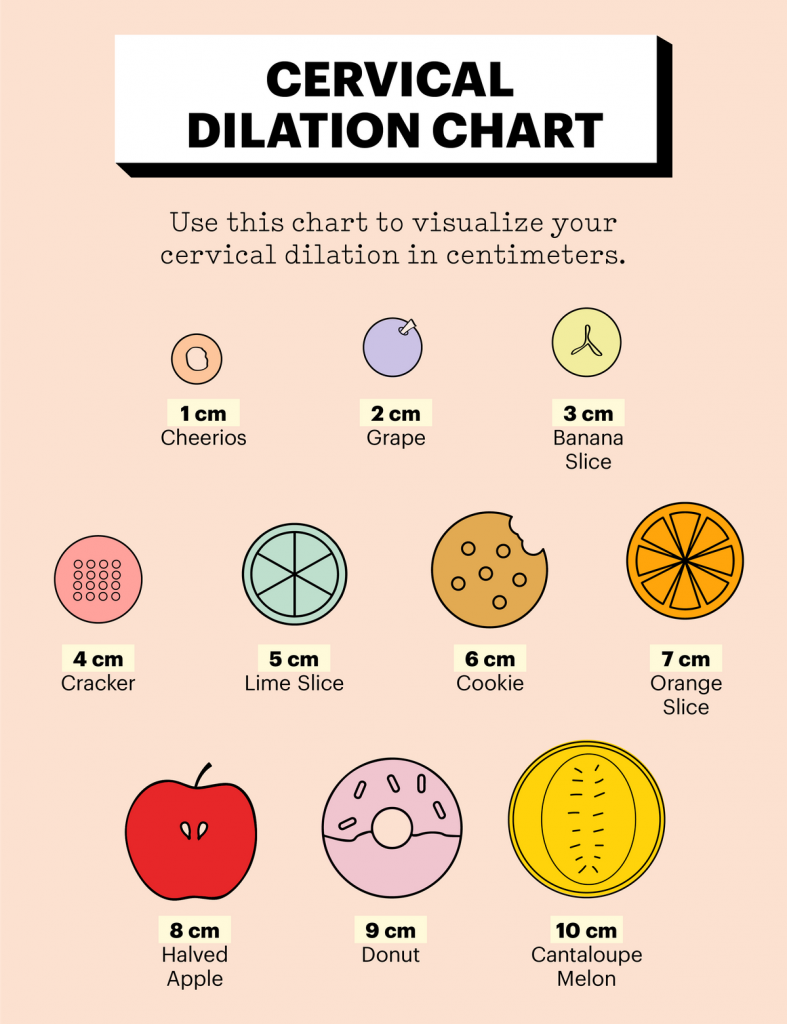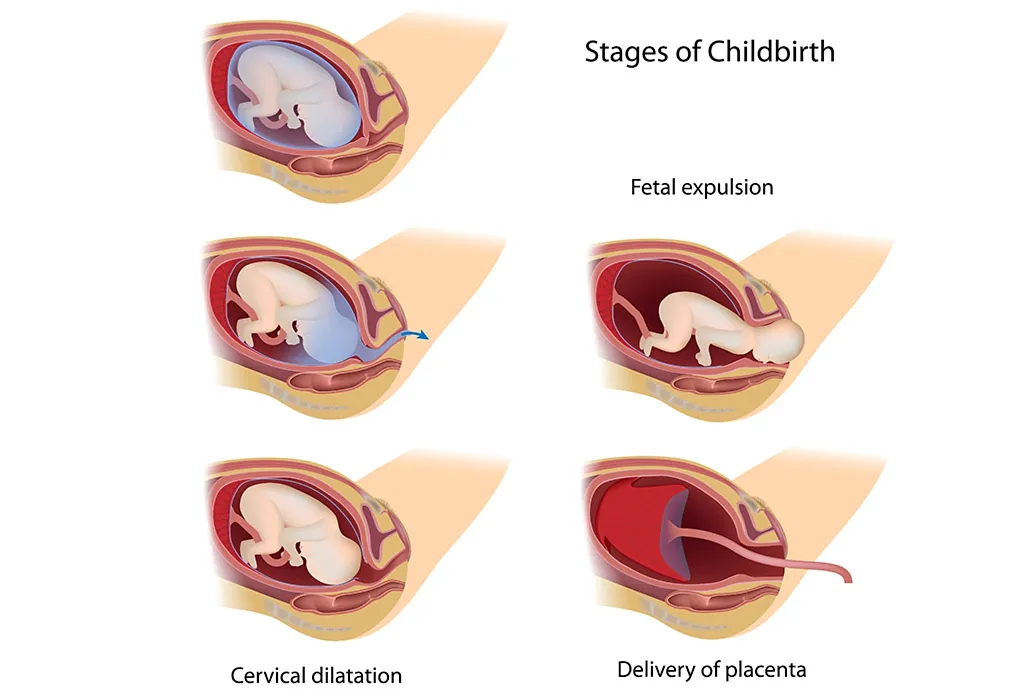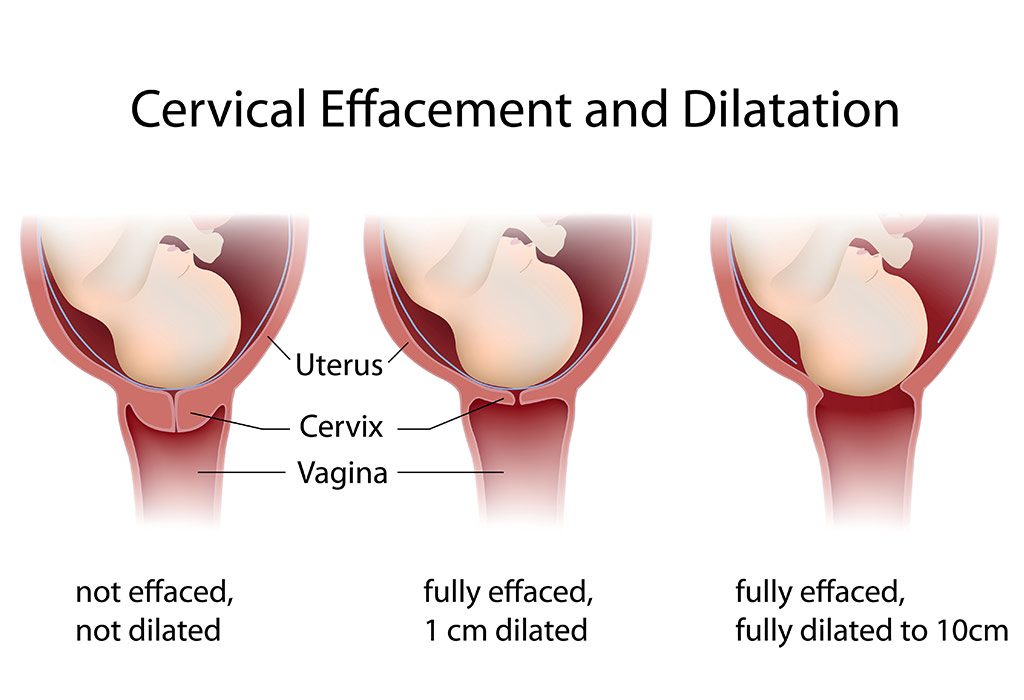Cervix Dilation During Labour and Childbirth

The tenure of pregnancy is a beautiful episode in the life of the parents-to-be and especially the mother. While giving birth to a new life has its own set of challenges, it is certainly a memorable experience. Giving birth to a child is an intricate process which requires multiple organs of the mother’s body to function in tandem. The cervix is one such important organ that plays a crucial role in the labor and birth process. Cervix dilation during labor is a key indicator of progress, as it gradually opens to accommodate the passage of the baby through the birth canal. This gradual dilation of the cervix during labor is a critical phase in the labor journey, and healthcare providers closely monitor it to ensure a safe and successful delivery.
What Happens to the Cervix in Pregnancy?
The cervix, most commonly known as the neck of the uterus, is a tube-like structure that is present in between and joins the vagina to the uterus. The narrow opening of the cervix during early pregnancy is closed by thick, gelatinous mucus which is secreted by the cervical glands. This is the first change that the cervix undergoes during pregnancy. It undergoes multiple changes as the pregnancy progresses, especially during the process of labour.
What Happens to the Cervix During Labor?
While it remains closed for the most part of the pregnancy, the cervix softens and elongates as the pregnancy progresses and undergoes significant changes in the last month of labor.
Before the last month of pregnancy, the cervix is around 4 centimetres long. It begins to shorten in the ninth month of pregnancy and moves from the posterior position into the anterior position, pointing forward. The cervix begins to become thinner and gets pulled up into the lower part of the uterus. This process is known as effacing or effacement.
Effacement is calculated in percentages and is an important sign of the body preparing for labor. So, when does the cervix open during pregnancy? The stage of effacement is followed by dilation of the cervix. This is the stage where the cervix opens up to allow the baby’s head to pass through it. The cervix starts dilating during contractions and dilates up to 10 centimetres during delivery. Once the dilation is complete, the baby is pushed out through the cervix.
Cervical Dilation Chart
A cervical dilation chart, often referred to as a cervical effacement chart, is a crucial tool used in obstetrics and gynecology to monitor the progress of labor during childbirth. This chart visually represents the stages of cervical dilation and effacement, providing healthcare professionals with valuable insights into the readiness of the cervix for delivery. It plays a vital role in assessing a woman’s labor and guiding decisions related to labor management and potential interventions.

Source: Caitlin-Marie Miner Ong
Cervical Dilation During Birth
Cervix dilation during pregnancy is the stage of labor where the contractions lead to the opening of the cervix which allows the baby to come out. Following are the changes which are experienced by the cervix during the course of pregnancy.
- The cervix remains closed during the initial stages of pregnancy to protect and support the growth of the foetus and uterus of the mother.
- At the time before labor, the cervix moves into the anterior position from being posterior to align with the vagina and point forward.
- During labor, the cervix flexes to contractions and intrauterine pressure of the uterus.
- The wall of the cervix becomes thinner during labor, allowing it to achieve effacement.
- As the pregnancy progresses and reaches its end, the cervix begins to ripen. The amniotic fluid content inside the cervix increases during the labor, allowing it to reach vascularity.
- To deal with the contractions, the cervix starts to soften and change colour which allows it to stretch and become thin. This is necessary for the delivery of the baby.
- To allow the head of the baby to pass through, the cervix dilates from 0 to 10 centimetres during labor.
- The dilation of the cervix is measured in percentages. The size of dilation during various stages of labor is as follows:
- Latent phase: 0-3 centimetres
- Active labor: 4-7 centimetres
- Transition: 8-10 centimetres
- Full dilation: 10 centimetres. The baby is delivered shortly after the cervix achieves this stage of dilation.

Problems With the Cervix
At the time of labor, certain complications may arise during the dilation of the cervix.
- If the length of the cervix is less than the usual 3 centimetres during labor, it can lead to an incompetent cervix and cause complications such as premature delivery.
- Pre-labor contractions cause the cervix to shorten and widen as a normal process. In case the cervix shortens without contractions, it leads to an incompetent cervix which can result in premature labor.
- In case the cervix shortens without contractions, the cervix is stitched surgically to hold it in the closed position. This procedure is known as cervical cerclage and is undertaken only under rare circumstances.
- At times, the opening of the cervix might be tightly shut and does not dilate or open. This is a situation where the woman’s cervix is stenotic. This might happen due to several reasons such as previous surgery, infection or genetic abnormalities in the woman.
In case of any severe problems or complications, the doctor will take the necessary steps to ensure that the process of delivery is not hindered and is as normal as possible.
What Are Cervical Tears?
Minor cervical tears during the delivery are not uncommon, especially in the case of the birth of the first child. The chance of cervical tears is higher when the delivery is assisted by instruments such as forceps or vacuum. However, such tears can occur even during the normal delivery of the child.
Other reasons for cervical tears include precipitate labor, the rigidity of the cervix due to previous surgeries and delivery through a very vascular cervix.
During contractions, the mother might experience severe cervix dilation pain which is not unusual. However, if vaginal bleeding accompanies the pains, it is an indication for the doctors to examine the cervix for tears. Unless severe, the tears will not require any special surgery or treatment and will heal by itself with time.
Tips to Relax During Labor
Labor is a time when the body is stressed and going through phases of anxiety. The whole process can be tiring, and cervix dilation during pregnancy can take a toll on the mother. It is therefore important to relax, to ensure that the labor is smooth.
Here are tips that will help you relax during labor:
- Stay calm. Tell yourself not to panic during the process. Having a family member beside you will help.
- Meditation and positive thinking will help you to relax and stay calm.
- If the contractions which facilitate the opening of the cervix during pregnancy are too painful, ask for pain relief medication to your doctor.
- Put your body in a position where it feels comfortable. Change positions if necessary.
- Breathe continuously in between the pushes. This will replenish you with oxygen and provide energy to your body.
Your body is designed to bear the pain associated with giving birth and hence it will automatically recover naturally and safely, once the process is complete.
FAQs
1. How Long Does It Take to Dilate the Cervix From 1 to 10?
The time it takes to dilate the cervix from 1 to 10 centimeters can vary significantly from one person to another. Generally, it may take anywhere from a few hours to several days during the active phase of labor, with factors like individual anatomy, previous pregnancies, and labor management techniques influencing the timing.
2. How to Tell if Your Cervix is Dilating?
To tell if your cervix is dilating, you should consult with a healthcare provider who can perform a pelvic exam. They will assess the degree of dilation and effacement by gently inserting gloved fingers into the vaginal canal and measuring the cervix’s openness. This is a reliable method to determine cervical changes during labor and pregnancy.
The process of labor is a tiring process, and cervix dilation can be painful. It is best to think about your bundle of joy which is about to come into the world and the happiness the baby will bring into your life. Understanding cervix dilation and being prepared for it mentally will help you pass through the phase with relative ease. Once the delivery is complete, give yourself sufficient rest and allow the body to recover before you start performing your daily chores again.
References/Resources:
1. Hutchison. J, Mahdy. H, Hutchison. J; Stages of Labor; National Library of Medicine; https://pubmed.ncbi.nlm.nih.gov/31335010/; January 2023
2. Evbuomwan. O, Chowdhury. Y; Physiology, Cervical Dilation; National Library of Medicine; https://www.ncbi.nlm.nih.gov/books/NBK557582/
3. Lundborg. L, Åberg. K, Sandström. A, Liu. X, et al.; Paediatric and Perinatal Epidemiology; Association between first and second stage of labour duration and mode of delivery: A population-based cohort study; https://onlinelibrary.wiley.com/doi/full/10.1111/ppe.12848; December 2021
4. Approaches to Limit Intervention During Labor and Birth; American College of Obstetricians and Gynecologists; https://www.acog.org/clinical/clinical-guidance/committee-opinion/articles/2019/02/approaches-to-limit-intervention-during-labor-and-birth
5. Ríos-Vives. M, Fierro. E, Azogue. X, Herrero. S, et al.; A Pictorial Review of Postpartum Complications; RadioGraphs; https://pubs.rsna.org/doi/full/10.1148/rg.2020200031; October 2020
6. Araújo. N, Ochiai. A, Ussame. E, et al.; Cervical dilation assessment in simulators compared to a visual tool: A randomized study; National Library of Medicine; https://www.ncbi.nlm.nih.gov/pmc/articles/PMC10077843/; March 2023
7. Tilden. E, Snowden. J, Bovbjerg. M, Cheyney. M, et al.; eClinicalMedicine: The duration of spontaneous active and pushing phases of labour among 75,243 US women when intervention is minimal: A prospective, observational cohort study; https://www.ncbi.nlm.nih.gov/pmc/articles/PMC9249551/; May 2022
8. How to Tell When Labor Begins; FAQs; American College of Obstetricians and Gynecologists; https://www.acog.org/womens-health/faqs/how-to-tell-when-labor-begins
Also Read:
A Guide to Speeding Up Your Labor
Cervix Position in Early Pregnancy
How to Check Your Cervix for Dilation?
What Is Cervical Lip & How It Affects Childbirth?

















